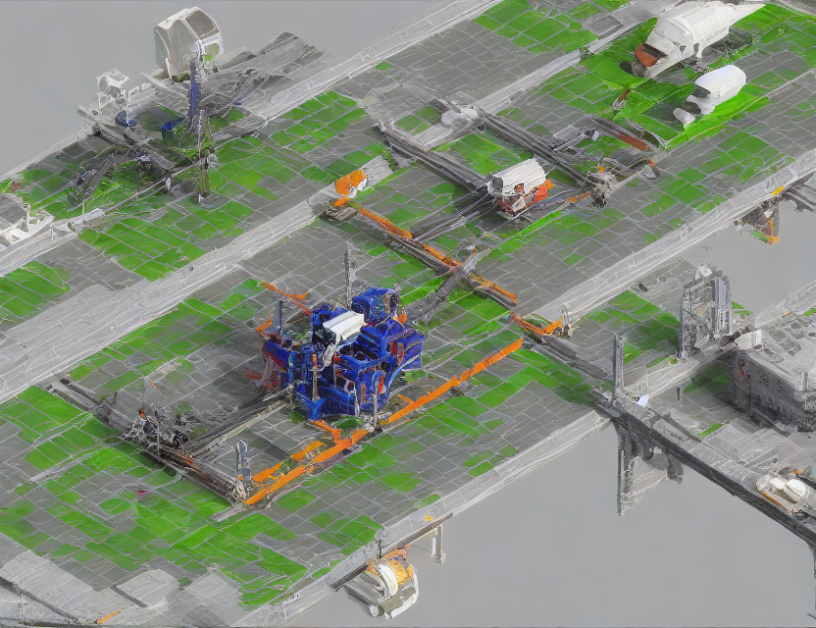Autonomous vehicles are becoming increasingly popular, especially personal mobility vehicles (PMVs) that are electric-based and travel at a speed of about 2 m/s, which is similar to human walking speed. PMVs have several advantages, including environmental friendliness and socio-economic benefits. Recent technological advancements in control, sensing, and artificial intelligence have led to the development of autonomous vehicle technology. The article focuses on the detection accuracy of a specific type of marker called ArUco markers used for pose estimation in PMVs.
The authors conducted experiments to determine the optimal distance at which to place the marker for accurate pose estimation. They found that the detection accuracy is highest when the marker is placed between 350 mm and 1250 mm from the camera sensor. This range provides a reduced margin of error in estimated pose, making it a valuable reference point for determining appropriate marker size and operational distance in the context of proposed autonomous docking technique.
The article also discusses how ArUco markers are used in various studies, including landing phase of an Autonomous Navigation System for Delivery Drones and incorporation into autonomous docking system of unmanned surface vehicles (USVs). The authors demonstrate how the use of ArUco markers can accurately detect several markers simultaneously.
In summary, the article provides insights into the use of ArUco markers for accurate pose estimation in PMVs, highlighting their effectiveness in demystifying complex concepts by using everyday language and engaging metaphors or analogies to capture the essence of the article without oversimplifying.
Autonomous Docking Method via Non-linear Model Predictive Control



